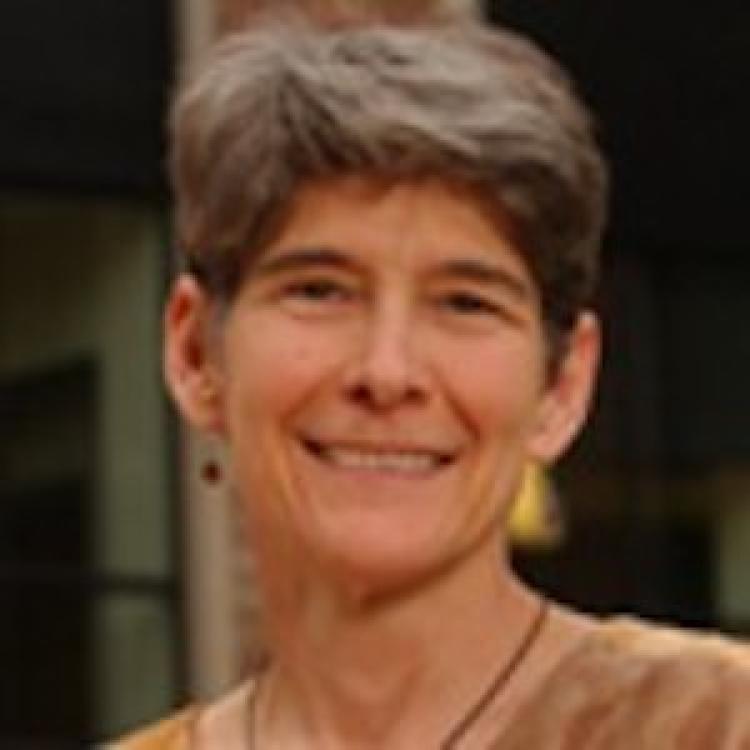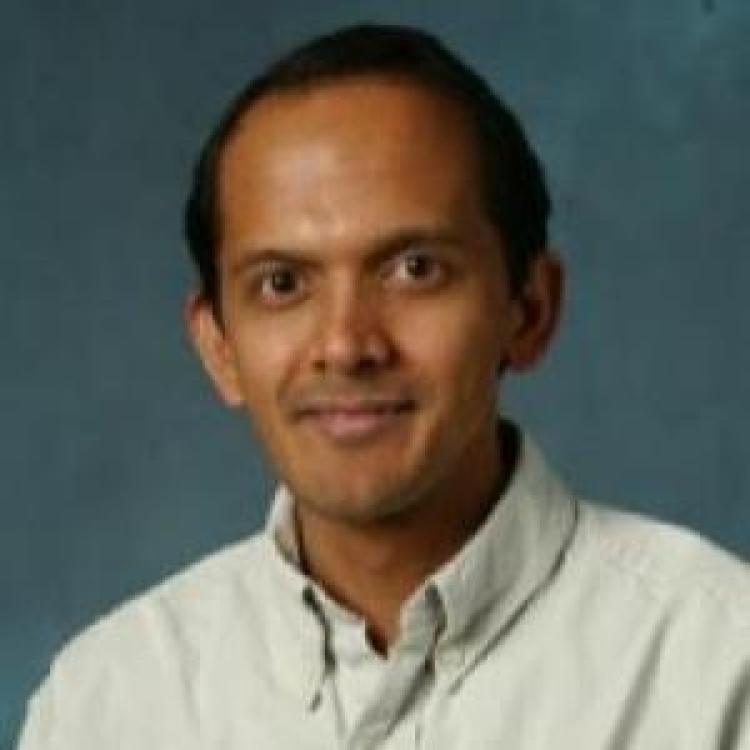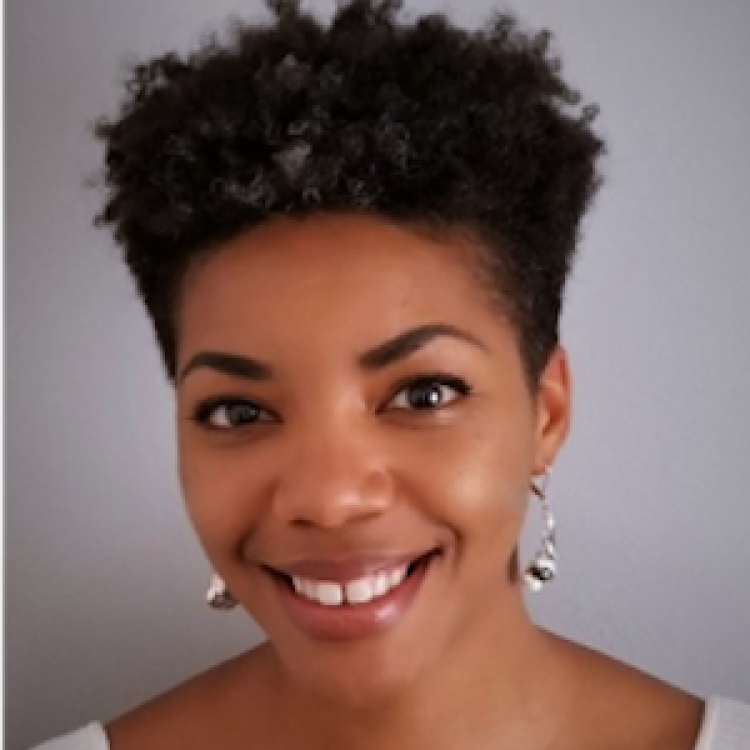About Us
Faculty

Abbie Liel
PI, Associate Professor, Civil, Environmental and Architectural Engineering
Dr. Liel examines the effects of extreme loads on the built environment. At CU, she has worked on problems related to performance and retrofit of nonductile concrete buildings, snow loads on structures, and flood damage in the 2013 Boulder, CO floods, as well as damage from induced earthquakes.

Anne Sheehan
co-PI, Professor, Geological Sciences, CIRES
Dr. Sheehan is an expert in seismology, including deployment of seismometers to record both local and teleseismic earthquakes. Seismological analysis includes determination of earthquake source properties and seismic imaging (tomography, converted wave analysis, anisotropy, attenuation).

Liesel Ritchie
co-PI, Associate Professor, Sociology, Oklahoma State University
Dr. Ritchie has studied a range of disaster events, including the Exxon Valdez and BP Deepwater Horizon oil spills; the Tennessee Valley Authority coal ash release; Hurricane Katrina; and earthquakes in Haiti and New Zealand. Since 2000, her focus has been on the social impacts of disasters and community resilience, with an emphasis on technological disasters, social capital, and renewable resource communities, and she has published widely on these topics.

Amy Javernick-Will
Associate Professor, Civil, Environmental and Architectural Engineering
Dr. Javernick-Will conducts research at the nexus of social and infrastructure systems. She conducts research on disaster recovery and resiliency, knowledge mobilization, and sustainable infrastructure systems.

Kathryn Mutz
Attorney, Natural Resources LLC
Ms. Mutz is a biologist and attorney focusing on law, regulation, and policy to manage oil and gas development in the West. She directs the Intermountain Oil and Gas BMP Project (BMP Project) which she developed at the CU Law School’s Getches-Wilkinson Center for Natural Resources, Energy and the Environment.

Hari Rajaram
Professor, Department of Environmental Health and Engineering at John Hopkins University
Dr. Rajaram is a hydrologist, studying fluid mechanics and transport phenomena in environmental and geological systems; stochastic theories of flow and transport in disordered media; and coupled processes, self-organization and pattern formation in reaction-transport systems.

Kristy Tiampo
Professor, Geological Sciences, CIRES
Dr. Tiampo studies earthquake seismicity and geodesy and their illumination of the physics of fault networks, including research into innovative techniques for InSAR and continuous GNSS data analysis. Significant contributions from her research group include development of the first of a new generation of seismicity measures, originally published in the early 2000’s; the incorporation of gravity signals into large-scale numerical fault simulation models; ongoing analyses of GNSS network data from eastern Canada and the western United States; and development of a more accurate method for time-dependent InSAR analysis for the identification of surface deformation associated with earthquake and volcanic hazard as well as anthropogenic signals.
Students and Postdoctoral Scholars

Magali Barba
Ph.D. Student, Geophysics
Graduate student Magali Barba studies tectonic and anthropogenic ground deformation using satellite radar. Before coming to CU for her PhD in Geophysics, she studied small-scale deformation following tectonic earthquakes as a graduate fellow at NASA’s Jet Propulsion Laboratory.

Nnenia Campbell
Research Associate, University of Colorado Boulder Natural Hazards Center
Dr. Campbell’s research interests center on the social dimensions of disasters, particularly social capital, risk perception, and the intersections between vulnerability and resilience. Her dissertation research examined disaster impacts and recovery among community-dwelling older adults and senior-serving organizations following the 2013 Colorado floods.

Enrique Chon
Ph.D. Student in Geophysics

Ryan Haagenson
Ph.D. Student in Hydrology
Ryan studies the coupled behavior of fluid flow and solid deformation within porous media, with a particular interest in fractured rock. His work focuses on understanding the spatiotemporal patterns of injection-induced seismicity under various subsurface conditions.

Eric Johnson
M.S. Student in Civil, Environmental, and Architectural Engineering
Eric studies how mitigation strategies for induced earthquakes affect levels of risk. His work focuses on relating models of induced earthquake occurrence and characteristics with nonlinear dynamic analysis of structural performance.

Andrew Tracy
Ph.D. Student in Civil Systems
Andrew studies communication networks in communities experiencing induced seismicity through household survey questionnaires, interviews, and social network analysis. He plans to use science communication theories to share the findings of this project with our case-study communities.

Jamie Vickery
Research Associate, University of Colorado Boulder Natural Hazards Center
Dr. Vickery’s research interests focus on the social dimensions of disasters, particularly social vulnerability and resilience, political ecology, social inequality, social dimensions of risk, and culturally responsive evaluation. Her dissertation research studied the experiences of homeless individuals and homeless service organizations in Boulder County during the 2013 Colorado floods.
Former Participants
Shelby Anderson
B.S. Environmental Studies
Bridger Baird
B.S./M.S. Student, Structural Engineering
Bridger defended his thesis focused on damage thresholds for light-frame wood buildings in induced earthquakes in April of 2019. Bridger graduated with his M.S. in May, and is moving to Carbondale, CO to work for a structural engineering firm.
Dr. Justin Ball
Postdoctoral Scholar, Geophysics
Now at US Bureau of Reclamation
Dr. Daniel Birdsell
Ph.D., Hydrology
Dr. Birdsell successfully defended his dissertation and graduated from the University of Colorado in August of 2018. He is now a postdoctoral research associate at ETH Zurich in the Geothermal Energy & Geofluids group. His research focuses on safely and economically storing heat underground for use in wintertime district heating. To correctly and efficiently account for the relevant physics (subsurface flow, heat transfer, and geomechanics), numerical models must include site-specific geology, account for coupled thermo-poroelasticity, and take advantage of high-performance computing.
Dr. Megan Brown
Ph.D., Geological Science
Megan is a hydrogeologist interested in how fluids interact with and can induce earthquakes. Her current research focuses on the physical processes controlling injection induced seismicity. Megan defended her thesis "Mechanisms and Mitigation of Injection-Induced Earthquakes" on April 1, 2019.
Dr. Robert Chase
Ph.D. Student in Structural Engineering
Dr. Chase defended his dissertation and graduated from the University of Colorado at Boulder in December of 2018. Dr. Chase's research was focused on ground motions from induced earthquakes and how they impact infrastructure. Dr. Chase is currently working for Exponent in Denver. Robert also received his M.S. in Civil Engineering at CU and his B.S. in Civil Engineering from the University of New Hampshire.
Valerie Gooch
B.S. Student, Environmental Studies
Taojun Liu
Former Postdoctoral Scholar in Earthquake Engineering
Dr. Liu is currently a Pipeline Risk Engineer working at TransCanada Pipelines Ltd. Taojun's work on this project investigated the USGS one-year hazard models for induced seismicity, and quantified risks to buidlings from induced earthquakes.
Michael Mazotti
Law Student
Dr. Jenny Nakai
Postdoctoral Scholar in Geophysics
Now at University of New Mexico

